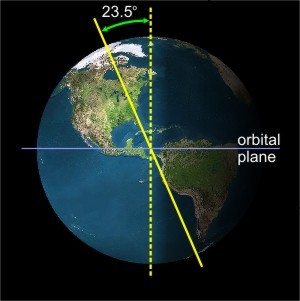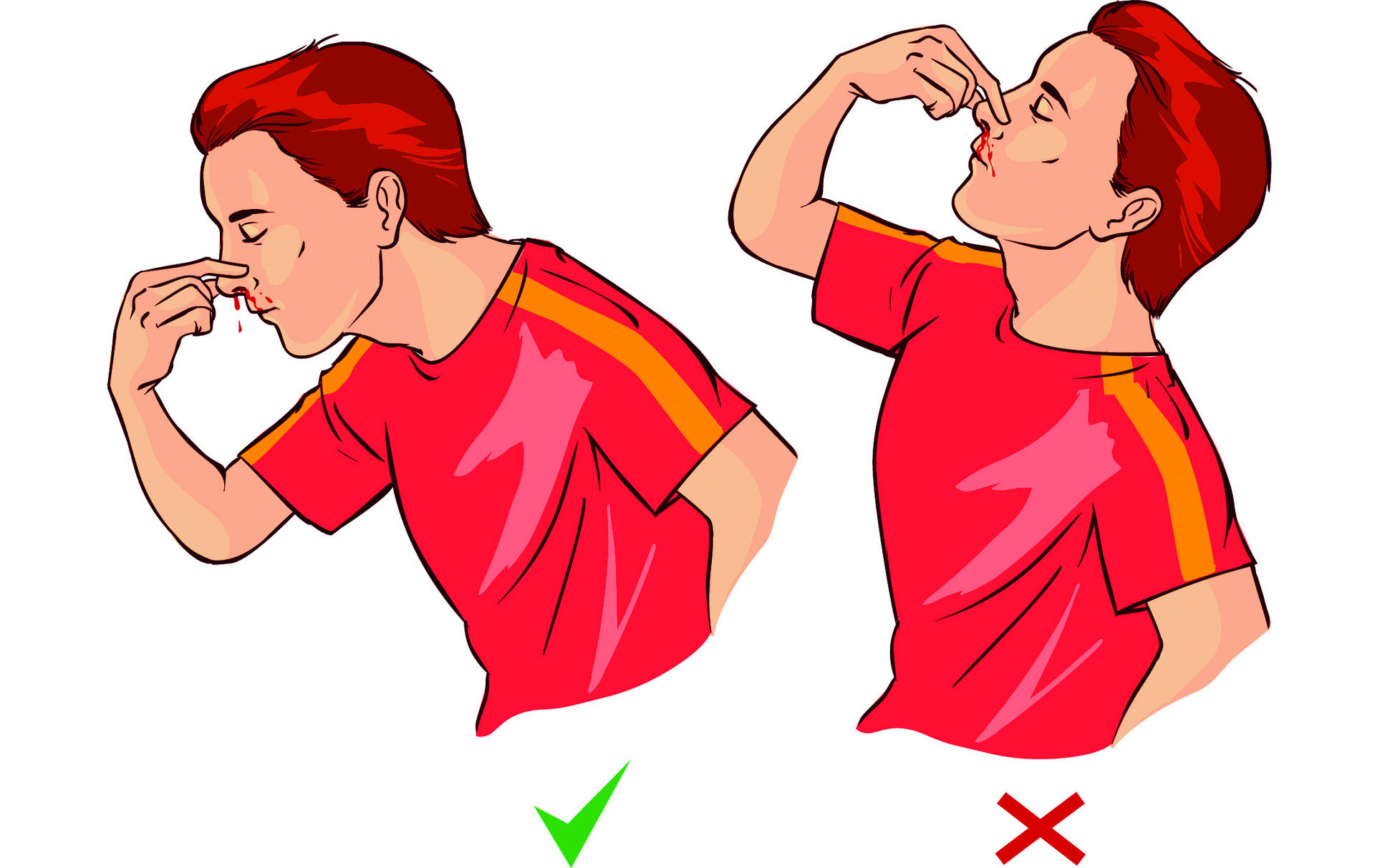- Tilt: noun the act of tilting: the state or position of being tilted. A sloping surface.
- How to Tilt Properly During a Golf Swing. There are several competing theories regarding the proper angle of tilt in a golf swing, as well as disagreements over weight shift. Nevertheless, a central tenet that has no critics is the idea that you should maintain a consistent spine angle throughout the course of your swing. This exact angle may vary from golfer to golfer, but it should not vary.
Tilt Hydrometer

Learn about this topic in these articles:
development of sports

- In sports: Sports in the Middle Ages
At the tilt, in which mounted knights with lances tried to unhorse one another, the knight was practicing the art of war, his raison d’être. He displayed his prowess before lords, ladies, and commoners and profited not only from valuable prizes but also from ransoms exacted from…
Read More
form of jousting
- In joust
Tilting, or riding, at the rings is a form of jousting in which the horseman rides at full gallop and inserts his lance through small metal rings. The term joust was also used for contests between two men who fought on foot.
Read More
The Scarred Veteran of tilt finds themselves alone at 3:00 AM, in the zone and desperately trying to break a loss streak. Who needs sleep when there's a win just over the horizon? This spirit craves balance and healthy routines. Learning how to manage a state of hyperfocus is key to avoiding the habits that make an already-tilting situation worse. 17 synonyms of tilt from the Merriam-Webster Thesaurus, plus 15 related words, definitions, and antonyms. Find another word for tilt. Tilt: the act of positioning.

What Is To Tilt Meaning
The Earth's seasons are not caused by the differences in the distance from the Sun throughout the year (these differences are extremely small). The seasons are the result of the tilt of the Earth's axis.The Earth's axis is tilted from perpendicular to the plane of the ecliptic by 23.45°. This tilting is what gives us the four seasons of the year - spring, summer, autumn (fall) and winter. Since the axis is tilted, different parts of the globe are oriented towards the Sun at different times of the year.
Summer is warmer than winter (in each hemisphere) because the Sun's rays hit the Earth at a more direct angle during summer than during winter and also because the days are much longer than the nights during the summer. During the winter, the Sun's rays hit the Earth at an extreme angle, and the days are very short. These effects are due to the tilt of the Earth's axis.
Solstices
The solstices are days when the Sun reaches its farthest northern and southern declinations. The winter solstice occurs on December 21 or 22 and marks the beginning of winter (this is the shortest day of the year). The summer solstice occurs on June 21 and marks the beginning of summer (this is the longest day of the year).
Equinoxes Equinoxes are days in which day and night are of equal duration. The two yearly equinoxes occur when the Sun crosses the celestial equator.
Equinoxes are days in which day and night are of equal duration. The two yearly equinoxes occur when the Sun crosses the celestial equator.
The vernal equinox occurs in late March (this is the beginning of spring in the Northern Hemisphere and the beginning of fall in the Southern Hemisphere); the autumnal equinox occurs in late September (this is the beginning of fall in the Northern Hemisphere and the beginning of spring in the Southern Hemisphere).